By Chris Larkin, senior asset manager, DSD Renewables
Great solar asset management starts in the design phase of the system. Having close communication and feedback loops with the engineering team designing the system positively affects the lifetime production of the solar asset and its reliability.
For firms focused on owning and operating a solar asset, that same close communication with construction and quality control teams is equally crucial in ensuring all aspects of the project are optimized. Cross collaboration and knowledge sharing between teams is key to creating more robust products. Leveraging the asset management team in the design process and prioritizing data and communication throughout ensures solar projects accommodate O&M.
Integrating asset management teams into the design process
Asset management teams are experienced in operating sites after completion and are responsible for providing solutions to issues that commonly plague new solar installations such as dead strings, improper terminations, inverter failures and communication outages. As such, these teams hold valuable insights that can be used to help improve future system designs. For example, outage information from the asset management team can provide engineering teams with the insights needed to create better design standards.
These standards can be added to drawings for contractors to have more detailed methods for installation. Sharing observed equipment reliability is valuable for future purchases, and construction managers and quality control groups benefit from understanding about known installation challenges.
For example, a certain brand of module or inverter may have a high failure rate during operation, whereas other brands seem to have very few issues. Engineering and procurement groups lack the operating experience to know what inverters have the least downtime and are most reliable. Asset management groups can prevent future downtime and lost revenue by notifying purchasers of reliability and warranty problems.
During the construction process, asset management teams should play an active role in ensuring construction and quality assurance/quality control (QA/QC) groups have similar knowledge transfer and oversight. An example would be alerting a QA/QC inspector to look out for improperly crimped copper lugs on aluminum wire. Once notified, the construction manager or QA/QC team can look out for this common issue and put it on their standard checklist. This could save the asset management team from losing revenue or having to perform expensive repairs that can reduce the overall profitability of a project.
A continuous improvement mindset is critical to creating a great product. As with most systems, you get out what you put in. Trying to save money on the front end of construction by purchasing inferior equipment, sensors and instrumentation will result in operation headaches and mistakes in assessing site performance.
Prioritizing monitoring and data collection
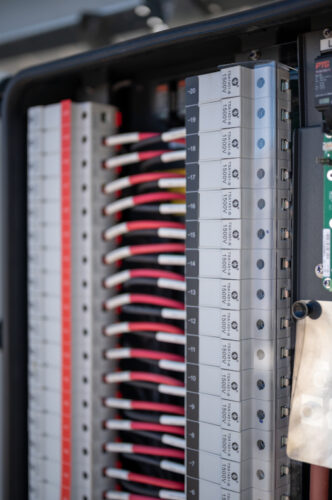 Monitoring capabilities and access to accurate performance data are crucial to optimizing a plant’s operations and efficiency. The more data captured in the monitoring system, the better.
Monitoring capabilities and access to accurate performance data are crucial to optimizing a plant’s operations and efficiency. The more data captured in the monitoring system, the better.
Monitoring a plant’s operational data will help ensure any performance shortfalls are readily caught and addressed. Poor monitoring or inaccurate data (perhaps caused by a faulty irradiance sensor) could cause an underperforming plant to look normal or vice versa, resulting in lost revenue or added expenses for unnecessary service calls when there are no issues on site.
It is also important to leverage all data produced by devices on site. Many operators overlook or are unaware of the richness of data one can pull from inverters directly because they use antiquated data acquisition systems instead of modern SCADA systems.
Despite wanting to lead the charge in modernizing energy infrastructure, the solar industry has been slow to adopt Internet of Things (IoT) best practices. Knowing as much as possible about the equipment on site is an effective strategy for ensuring problems are detected early.
For example, truck rolls and the cost of labor to service assets are expensive. IoT enables asset managers to remotely access equipment, perform diagnostics and reset equipment when safe to reduce overall spend on service calls.
Redundancy is another often overlooked aspect of plant performance. A best practice is the use of third-party weather services to check against sensor faults due to soiling or misalignment that can cause incorrect assessments of site performance. No system is foolproof but added checks and balances assure the operator that problems can be caught quickly.
Creating a continuous feedback loop
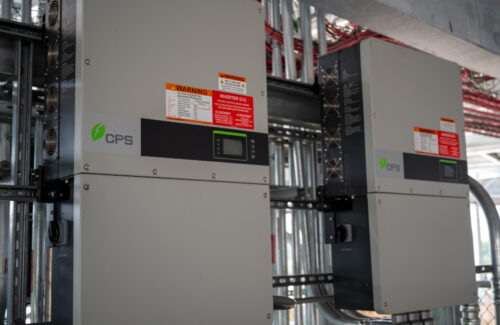 Establishing communication lines early on ensures that if a problem arises there are protocols in place to quickly get the project back up and operational. By having command of the data for the production on a site, asset managers can easily identify what is happening and communicate that information to financial partners. Communicating closely with solar electrical contractors responding to outages and performing maintenance is also very valuable.
Establishing communication lines early on ensures that if a problem arises there are protocols in place to quickly get the project back up and operational. By having command of the data for the production on a site, asset managers can easily identify what is happening and communicate that information to financial partners. Communicating closely with solar electrical contractors responding to outages and performing maintenance is also very valuable.
The last part of this chain of information transfer, which is often overlooked, is the way reporting is generated. If your firm is running reports on spreadsheets that are prone to human error, you are setting yourself up for failure. While faulty reporting logic in software could cause an issue too, it is less likely given the rigor with which such systems get tested before getting put into production.
By fostering collaboration between design, construction and asset management teams, projects can be better built for success. Sharing information between these groups and creating a constant feedback loop will result in a better end product that delivers more production and revenue.
Chris Larkin is senior asset manager for DSD Renewables (DSD), where he manages fleet operations initiatives on the solar power team.

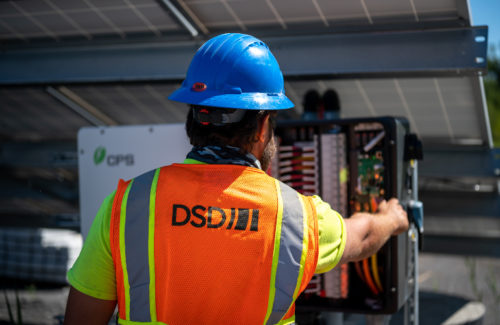
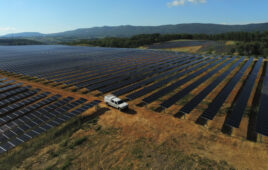
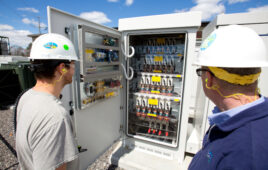
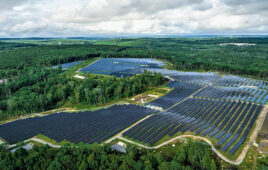
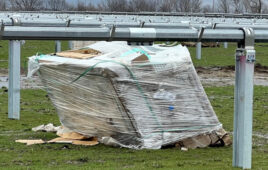
“It is also important to leverage all data produced by devices on site. Many operators overlook or are unaware of the richness of data one can pull from inverters directly because they use antiquated data acquisition systems instead of modern SCADA systems.”
A few years back an article was published on one of the solar PV technology conventions and one of the entities at this event was a SCADA system manufacturer selling their wares to solar PV farms and wind generation. The comment most encountered was, this is possible. This comment resonated with this company. There have been solar PV farm entities not monitoring their facilities to determine what resources are needed to man, operate and maintain and repair these facilities. SCADA systems can be monitored, and weight given to each, and every warning, alarm or fault reported allowing actions like monitor and update, dispatch personnel or “all hands-on deck”. SCADA can be programmed to add variables like weather, seismic, flooding or even drone monitored security and action dispatch for vandalism and theft remediation.